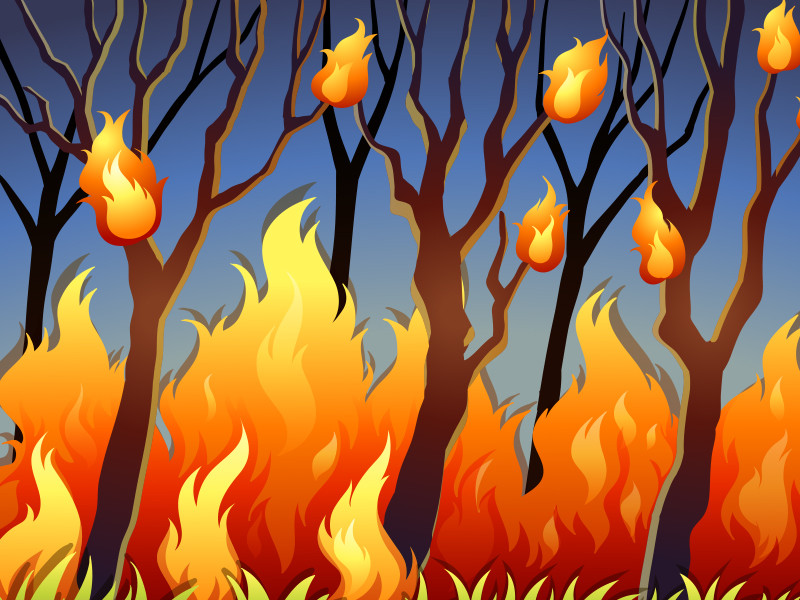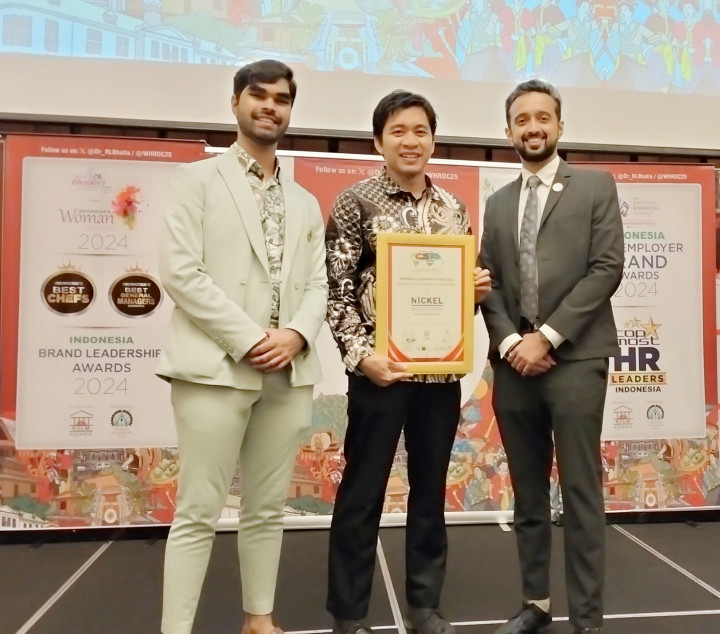Jakarta: Instead of helping mitigate global warming, some of the world’s most treasured forests are in fact adding to overall CO2 emissions, according to a new report released on Thursday by the United Nations Educational, Scientific and Cultural Organization (UNESCO).
The agency’s new analysis, World Heritage forests: Carbon sinks under pressure, shows that forests in at least 10 World Heritage sites have become net sources of carbon due to pressure from human activity and climate change.
By combining satellite-derived data with monitoring information at the site level, researchers at UNESCO, World Resources Institute (WRI) and the International Union for Conservation of Nature (IUCN) were able to estimate the gross and net carbon absorbed and emitted by UNESCO World Heritage forests between 2001 and 2020 and determine the causes of some emissions.
The research found that, as a whole, UNESCO World Heritage forests in 257 separate sites, absorbed the equivalent of approximately 190 million tons of CO2 from the atmosphere each year, comparable to roughly half the United Kingdom’s annual CO2 emissions from fossil fuels.
However, given that World Heritage sites are highly prized and protected, the fact that 10 of 257 forests emitted more carbon than they captured between 2001 and 2020 due to different anthropogenic disturbances and pressures is alarming.
"All forests should be assets in the fight against climate change. Our report’s finding that even some of the most iconic and best protected forests such as those found in World Heritage sites can actually contribute to climate change is alarming and brings to light evidence of the severity of this climate emergency," Tales Carvalho Resende, co-author of the report, said in a press release on Thursday.
At some sites the clearance of land for agriculture caused emissions to be greater than sequestration. The increasing scale and severity of wildfires, often linked to severe periods of drought, is also a predominant factor in several cases. Other extreme weather phenomena, such as hurricanes, contributed at certain sites. In the coming years, ongoing sequestration and carbon sinks are likely to be affected at a growing number of sites worldwide as a result of increasingly fragmented and degraded landscapes, and more frequent and intense climate-related events.
The report urges strong and sustained protection of UNESCO World Heritage sites and their surrounding landscapes to ensure their forests can continue to act as strong carbon sinks and stores for future generations. To achieve this, the report recommends rapidly responding to climate-related events as well as maintaining and strengthening ecological connectivity through improved landscape management. For example, in Indonesia, government agencies have been using near real-time fire alert systems to significantly reduce their average fire response time.
The report also recommends integrating the continued protection of UNESCO World Heritage sites into international, national and local climate, biodiversity and sustainable development strategies in line with the Paris climate agreement, the Post-2020 Global Biodiversity Framework and the Sustainable Development Goals.
Cek Berita dan Artikel yang lain di Google News
FOLLOW US
Ikuti media sosial medcom.id dan dapatkan berbagai keuntungan



















